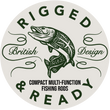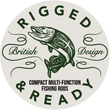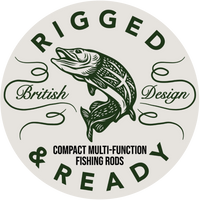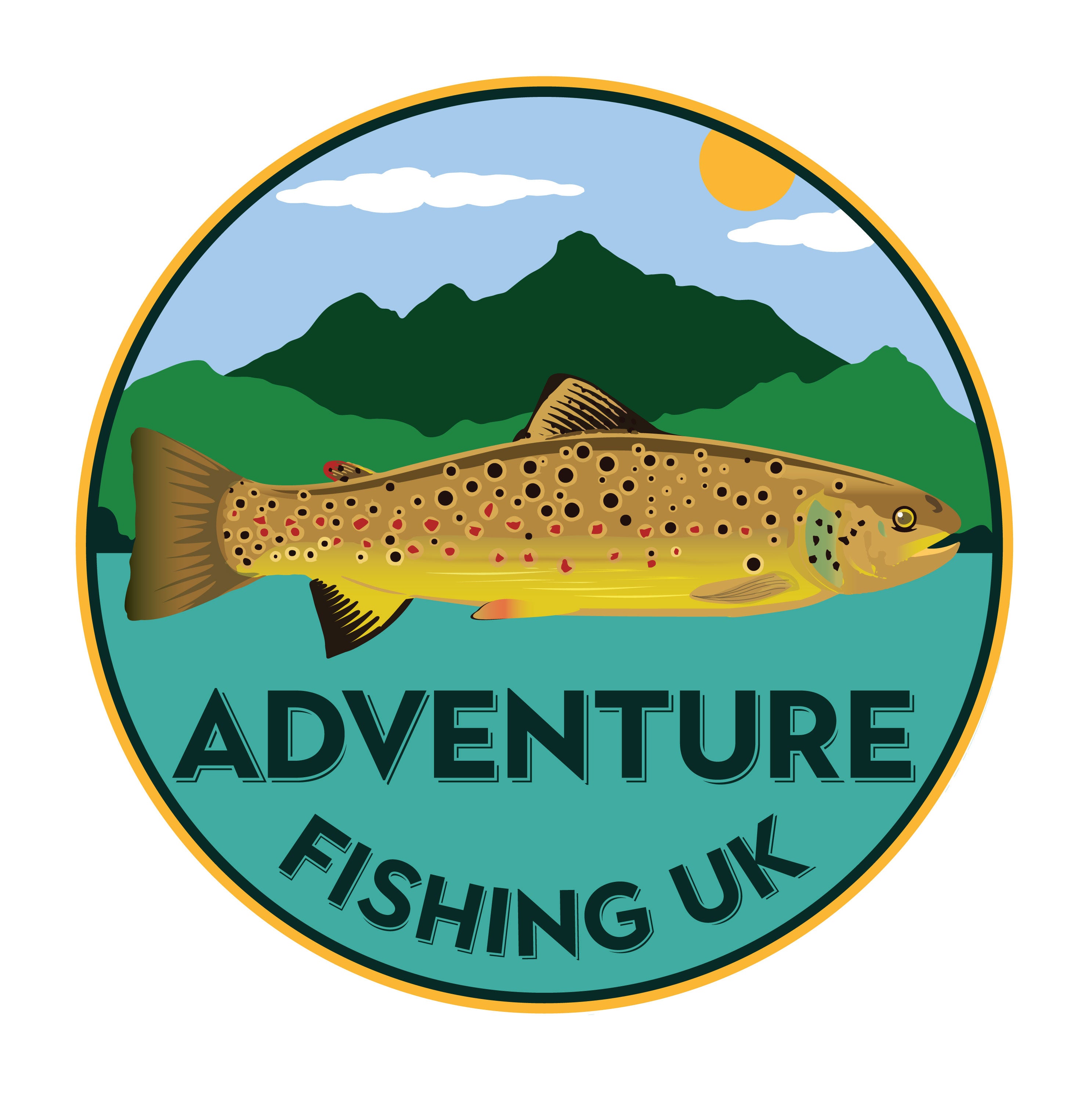START FISHING GUIDE 2/3 "Best ways to start fishing"

BEST WAYS TO START FISHING
Remember you don’t have to cast miles to catch fish. They are as likely to be under your rod tip and in the middle of the water.

DON'T EXPECT A WHOPPER FIRST TIME. CATCHING LOTS OF SMALL FISH IS GREAT FUN FOR THE FAMILY
FLOAT FISHING
The best way to start with kids and beginners. This way you get to look at something that shows the bite. It is easy to do, not complicated, bait is easy to get and most importantly you should catch fish. They may not be big, however you on your own or with your family will have fun.
The bait should be on or very near the bottom of the water. You need to secure the float with small weights, then decide how you want to apply weights to sink your bait. The float should be weighted so the top of the float is just above the water surface. A bite is indicated when the float goes down or up.
There are 1,000’s of ways to float fish and 1,000’s of floats. Get going, then decide your favourite. Ours is surface fishing with a bubble float.
So.... How do you know when you have a bite?
- The float goes under, as the fish pulls down
- The float raises, because the fish lifts the bait
- The float moves sideways, as the fish moves
When this happens, "Strike", quickly lifting the rod a small distance to hook the fish.

3 BASIC FLOAT SET UPS YOU CAN USE. THEY AFFECT THE WAY THE BAIT SINKS. 1 FAST. 2 SLOW. 3 EVEN. DON'T FORGET YOU CAN FISH NEAR, OR ON THE SURFACE TOO. TRY TO FIND THE FISH
LEDGERING
This basically means fishing on the bottom of the water, (on the river, lake or sea bed), sinking your bait and waiting for the tip of your rod to move or line to reel out to indicate a bite.
There are numerous ways to do this, for each water. Regardless the principal is the same, to get your bait to the bottom and weight the tackle so you can see a fish bite. Dependent on the size of fish, hooks from size 16 to 6 work well for this.
The illustration indicates some methods you can use depending on the water, speed, depth and size of fish you are targeting. Remember the lighter the weight, the less the fish will feel the tackle and the more fish you will catch. You can also fish without weights and just use the bait as the weight.
So.... How do you know you have a bite
- Rod tip judders as fish nibbles
- Rod tip bends as fish takes off
- Rod tip relaxes as fish take the bait towards you
When this happens, "Strike", quickly lifting the rod a small distance to hook the fish.

4 WAYS TO SET UP LEDGERING ON THE BOTTOM. ONCE YOU MASTER THESE LOOK UP DROP SHOTTING AND LEARN THIS. THERE ARE SO MANY WAYS TO PRESENT YOUR BAIT
LURE FISHING (SPINNING)
This technique is for predatory fish (fish that eat other fish). These mainly include trout, salmon, pike, perch, chub and sea fish. It uses a lure which is pulled through the water to imitate a small fish.
You don't need much time or tackle to go lure fishing. The most effective lure to start with will be the Mepps Spinner, size 1, 2 or 3 (we prefer size 0 for small fish). You can also use other metal lures or plastic baits to imitate fish.
The Mepps style is a classic spinner you can rely on.
- Lures can be tied directly to the fishing line.
- If you are fishing for Pike you will need a Pike Trace (Look it up online).
- Cast it out then retrieve it at various speeds and depths to find the fish. Don’t spend too long in one place. Keep moving.
- Remember to flatten the barb on the hook to make it easy to remove from the fish.
- You should have fishing forceps at hand.
So.... How do you know you have a bite
Fish will hit the lure and hook themselves. Be sure you will hook the bottom, trees and old bikes and socks too!
When this happens, quickly lifting the rod a small distance to keep the fish on the hook.

THE CLASSIC MEPPS SPINNER, SIZE 1 OR 2, IS A TRIED AND TRUSTED WAY TO CATCH. VARY THE SPEED OF RETRIEVE TO SEE WHAT TRIGGERS A BIT. TRY TO REMOVE THE BARBS OFF THE HOOKS TOO
BAITS
The fish only ever see your bait, so make sure your bait is as appealing as possible. If a fish sees the line or the hook then you have less chance of catching. All the baits here can be fished on floats or the bottom of the water.
White Bread
Costs nearly nothing. Nearly every fish eats white bread. Start with small hooks, size 16 or 18 on a float, with a small amount covering the hook. White bread floated on the surface is a deadly bait to catch chub and carp, and a great way to catch mullet in the sea on holiday.
Worms
Garden worms of any size can be used, even a bit of the worm. Try to hide the hook as much as possible with the worm. Even minnows will love a chopped worm. For most cases, worms work on hooks from size 16 to size 6.
Maggots
Maggots are available from most fishing supplies shops. At first go for a half pint of mixed maggots. Pinch the hook through its bottom (the fat bit). You can also throw in a few (6 maggots) every 3 casts to keep the fish active.
Sweetcorn
This is cheap, and one of the best fishing baits used today. The sweet taste of the sweetcorn helps catch a variety of different fish.
UNHOOKING A FISH
Unless you are fishing for trout or salmon, which is unlikely if you need this guide, all your fish need to stay in good condition to be returned to the water.
- Using barbless hooks make removal a lot easier.
- Small fish, hold tightly, but don't hold it too tight.
- If the fish is lip hooked you may be able to remove it with your fingers.
- Large fish, should lay it on an unhooking mat or towel to remove the hook.
- If the fish is hooked inside its mouth and you can see it, use fishing forceps or a disgorger*.
- If the fish is deeply hooked so the hook can’t be removed cut the line as close to the hook as possible. The hook will dislodge itself or will rust away.
- Never throw a fish back into the water. Always get down close to the water to release the fish.

NOW YOU KNOW HOW TO LOOK AFTER A FISH. IT IS KEY TO PUT YOUR FISH BACK IN GREAT CONDITION. NOW YOU KNOW THIS AND WANT TO GO ON, YOU CAN LEARN TO SET UP YOUR TACKLE, KNOW A FEW FISHING KNOTS AND CAST
Which end of the disgorger you use depends on the size of the fish. Remember to always keep the line tight out of the mouth
DISGORGER
If you are not sure how to do this, check a video online first. Hold the line tight and put the slot of the disgorger over the line and slide it along the line until you reach the hook. Push the hook in the opposite direction to the way it went in until it is free and then carefully remove it.
END OF PART 2











